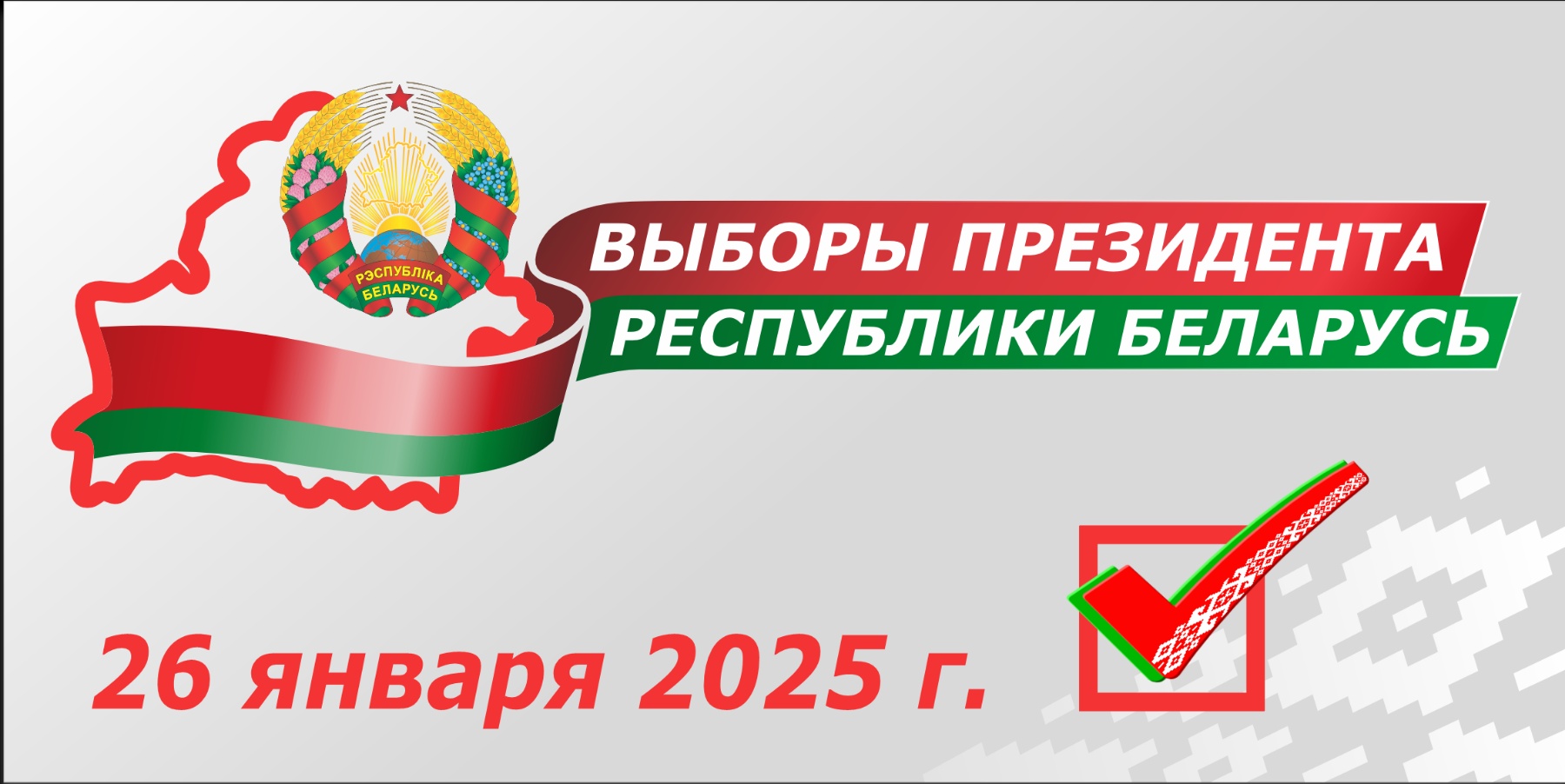From 1st of January, instead of the usual passports, ID-cards will be issued.
This is expected to be a key step in the development of new e-services. Pavel Tkach, the First Deputy Minister of Communications and Informatization, told BelTA about the new identity documents, who is testing them, how ID-cards will help in the creation of electronic government and whether there are prospects for the appearance of digital passports in Belarus.
- From 1st of January 2021, the appearance of biometric documents in Belarus was announced. Is everything ready for this, has the Belarusian Integrated Service and Settlement System (BISRS) been created?
- The deadline for the completion of the last stage under contracts for the modernization and creation of the main components of BISRS is November 30, 2020. Now the active phase of their testing is underway.
In particular, identification was tested using an ID-card mock-up in conjunction with the Unified Identification System for individuals and legal entities. About 30 state information systems are integrated with the national automated information system (OAIS).
Beltelecom's information system is integrated with the Unified System for Identification of Individuals and Legal Entities. Thanks to this, the conclusion of an Internet connection agreement was tested using an ID-card.

- What will the ID-card look like? What functions of today's passport can it replace?
- ID-card is an internal identity document. It is a plastic smart card with an integrated microcircuit containing an electronic means of biometric identification and a cryptographic authentication token.
The ID-card contains a photo of the cardholder and his personal data. The visual information is similar to the data that is in the passport today - name, date of birth, citizenship, gender, number, type and validity period of the document, signature of the owner.
However, unlike a valid passport, the name of the authority that issued the document will be printed in the form of the code of this authority, the same data is also contained on the chip of the card with the program for generating an electronic digital signature. Additional information, such as place of registration, information about children, marriage, is not on the ID-card and will be contained in state information systems and resources.
Unlike today's passport, to travel abroad, you must additionally obtain a biometric passport. This is a biometric document for leaving and entering / leaving Belarus in the form of a passport book with an integrated microcircuit containing an electronic means of biometric identification.

- What operations can be performed with an ID-card? It was planned that at the first stage, on a single portal of electronic services, through a personal account, it would be possible to use 5 administrative procedures and 5 electronic services, will this list be expanded?
- First of all, an ID-card is a means of identifying and performing legally significant actions in the digital world. All services and administrative procedures translated into electronic form can be obtained using an ID-card. And the presence of a program for generating an electronic digital signature will guarantee the legal significance of actions.
Therefore, in addition to the announced 5 administrative procedures and 5 electronic services, within the first six months from the date of issuance of ID-cards, all services and administrative procedures available in electronic form on a single portal of electronic services will become available using the ID-card.
- Can a payment service be introduced into a Belarusian ID-card? What technical points should be taken into account for this?

- The creation of an external payment service using an ID card is already planned for implementation in the new state digital development program for 2021-2025.
The main technical point is the direct development of a payment service and its integration with the banking infrastructure (a single settlement and information space, a processing center or specific banks).
The Ministry of Communications, together with the OAC, the National Bank and the National Center for Electronic Services, developed technical requirements and prepared the necessary documentation for the future developer of the service.
- Will an ID card replace a birth certificate, driver's license, student ID card, medical card, military ID card and other documents? In what time frame can this happen and what is needed for this?
- The ID-card has the necessary functionality and the potential to replace any type of document if a number of mandatory requirements are met. Among them, the creation (completion) of an information system that provides and processes information related to the document; the readiness of users of this system and the infrastructure of all participants for use, maintaining the relevance of data; the readiness of the regulatory framework that fixes the responsibilities, the procedure for interaction.

Taking into account the weight (legal significance) of this or that document, its use in various organizations with their own business processes, as well as the volume of information contained in it, the terms of transition to the use of an ID-card will be different and can range from one to two years at the absence of obvious barriers and the availability of funding for these purposes from the responsible state body.
- Are there already the first samples of ID-card and biometric passport? Who tests them and how?
- Prototypes of ID-cards and biometric passports have been made. They are needed to test user identification in information systems using a unified identification system for individuals and legal entities. Successful tests have already been carried out with a unified portal of electronic services and the internal system of RUE Beltelecom. The testing involves regulators, information system operators and developers. In fact, anyone who is interested can already start finalizing and testing their information system for working with an ID-card.
Samples of ID-cards have also been tested for compliance with standards and security requirements.
RUE "Cryptotech" in the near future will provide the release of 800 test samples of ID-cards for government agencies and organizations, and is also ready to release additional samples for everyone if necessary.
- Is the infrastructure of government agencies and organizations ready to use ID-cards instead of a regular passport? Will the parallel circulation of both ordinary passports and ID-cards be an unnecessary burden on the infrastructure? By what year can Belarus completely switch to ID-cards instead of current passports?
-A working group was created in the Ministry of Communications to ensure the readiness of state bodies and organizations to interact with BISRS and identification cards. It includes representatives of 58 government agencies and organizations. The Ministry of Communications also held a series of consulting training seminars.
Any transition period is a certain burden associated with the study of a new business process and its adaptation in the working environment. To some extent, this process can be compared to the introduction of bank plastic cards: at first it seems like something complicated, and then everyone understands how convenient it is, and the process becomes intuitive and scales successfully. Moreover, the ID-card should allow you to perform the maximum possible number of services without leaving your home.
Taking into account the fact that there is no mandatory simultaneous transition to ID-cards, then almost complete transition to them can occur within 10 years (after the expiration of passports, which have it for 10 years). However, the development of electronic services and the possibilities of ID-cards should accelerate the replacement of current passports with ID-cards for the bulk of the active population in the digital world.
- Can we say that with the introduction of BISRS and new identity documents, we will become one step closer to e-government?
- Sure. From January 2021, BISRS and a new nationwide automated information system will operate, which will provide new electronic services for interaction between citizens, business and the state using an ID card, a personal account, a single portal of electronic services, a modernized interdepartmental document management system and the "One Window" software package ...
There is also a new tool for accelerated translation and creation of electronic services. The task is to transfer 300 administrative procedures to electronic form by 2024. The government is considering an additional electronic translation of another 30 administrative procedures for both individuals and legal entities.

In general, the ability to perform legally significant actions using an ID-card is a key step in the development of new electronic services, both government and commercial.
- Is there a possibility of e-passports appearing in the future, so that one can have a digital passport, for example, in a mobile application, and at the same time not present a paper or plastic analogue?
- For the upcoming five-year period, activities are planned to create cloud-based electronic digital signatures. The issue of improving a unified identification system for individuals and legal entities based on biometrics is also being considered. Foreign experience of using digital mobile passports is being studied.
For the next year, it is planned to modernize the client program of the Unified Identification System for Individuals and Legal Entities for mobile devices, which will allow the use of tablets and mobile phones as ID-card readers. This will be possible if they support the NFC interface.
Thus, there are various options for mobile identification and the performance of legally significant actions. These technologies will definitely be investigated in order to choose the best option for testing and implementation in Belarus.
BelTA


















